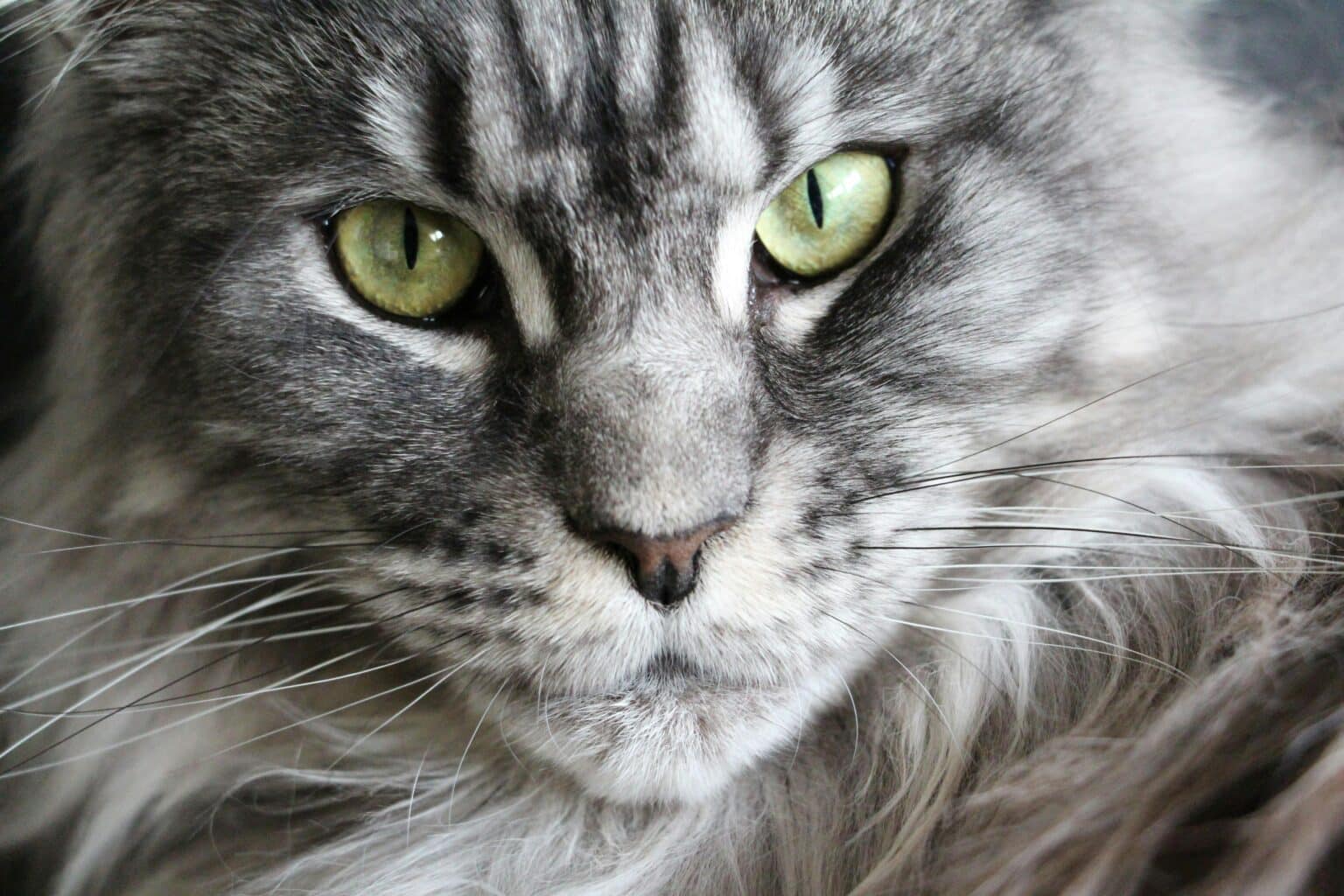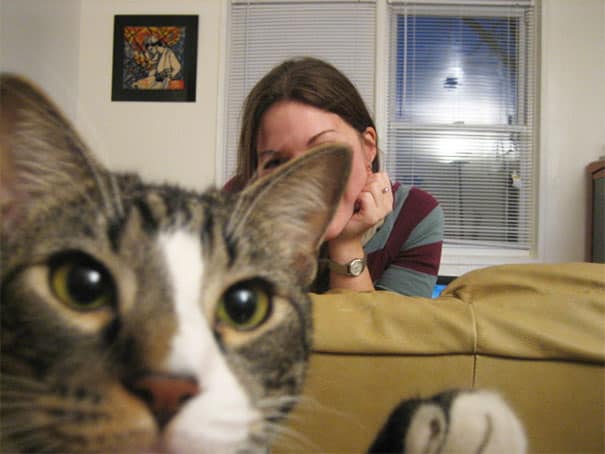Big heart, bigger whiskers, and a voice that trills—raising a Maine Coon is pure joy when you know what makes this gentle giant thrive. Here’s how to keep that plume tail swishing and those golden eyes sparkling every day.
Origins and stand‑out traits
A breed wrapped in legends
Maine Coons originate from the U.S. state of Maine, and their backstory is sprinkled with seafaring tales and forest myths. Curious about those stories of Vikings and royal cats? Explore their mysterious roots for a delightful rabbit hole.
What makes a Maine Coon, well… a Maine Coon?
Think tufted “lynx” ears, a sumptuous ruff, and a long, bushy tail that could double as a scarf. Their coat comes in a rainbow of colors and their eyes range from gold to green and even blue.
Most surprising of all? Many Maine Coons chirp and trill instead of meowing—and a lot of them genuinely like water.
Daily care they truly enjoy
Nutrition for a large‑boned athlete
Maine Coons grow slowly and can mature up to 3–4 years, so their diet should support steady, lean growth. Look for high‑protein recipes with named meats, balanced minerals for strong joints, and omega‑3s for skin and coat.
- Prioritize 1st ingredients like chicken, turkey, or salmon.
- Support joints with omega‑3s and maintain a healthy weight.
- For kittens: energy‑dense food designed for large breeds and slow growth.
Want a deeper dive into daily bowls and portioning? See our friendly guide to feeding your cat.
Common mistake to avoid: free‑feeding high‑calorie kibble. Maine Coons are foodies; bottomless bowls often lead to quiet weight gain and joint stress. Instead, measure meals and use puzzle feeders.
Pro tip: If your Coon is a “water artist,” set the fountain on a silicone baking mat with a lip. It catches splashes, keeps floors dry, and makes cleanup a breeze.
Play, enrichment and exercise
These cats are nimble, curious, and clever. They need daily play to keep bodies strong and minds content.
- Rotate wand toys, chasers, and brain games to keep hunting instincts satisfied.
- Try harness training for short outdoor walks if your cat enjoys it.
- Offer vertical territory with sturdy shelves and tall trees.
Need help picking a sturdy climber for a big kitty? Here’s our guide to choosing a sturdy cat tree.
Grooming that works with their coat
Maine Coons have a semi‑long, weather‑resistant coat that sheds seasonally. Regular maintenance keeps mats away and the coat glossy.
- Comb 2–3 times a week; daily during shedding seasons.
- Use a wide‑tooth comb for the ruff and britches; a slicker for undercoat.
- Detangle gently—add a spritz of cat‑safe conditioning spray if needed.
Skip this mistake: shaving the coat “for summer.” Their fur helps regulate temperature and protects skin; instead, manage heat with cool mats, fresh water, shade, and good brushing.
Fun fact: Many Maine Coons play paw‑splash in bowls—some will happily pat running water like little river otters.
Health essentials to keep in mind
Breed‑linked concerns to discuss with your vet
Maine Coons are generally robust, but certain conditions are seen more often in the breed. Talk with your vet about screening and prevention.
- Heart: hypertrophic cardiomyopathy (HCM) can be hereditary; breeders often screen breeding cats.
- Joints: hip dysplasia may occur in large cats; keep weight lean and muscles strong.
- Teeth and gums: plan regular dental checks and brush if possible.
Learn to spot red flags early with our overview of common cat diseases and warning signs.
Vet care and smart home monitoring
Schedule routine exams, core vaccines as advised, parasite control, and tailored screening as your vet recommends. Annual checks are minimum; consider semiannual for seniors.
- Track weight monthly; sudden changes deserve attention.
- Count resting breaths while your cat sleeps (under 30 per minute is typical for most healthy cats).
- Watch for reduced jumping, new lumps, coughing, or a change in appetite.
Pro tip: To weigh a wiggly Coon, step on a scale holding your cat in a sturdy tote, note the number, then subtract your weight. Quick, comfy, and surprisingly accurate.
Is a Maine Coon the right match for you?
They’re affectionate, people‑oriented, and often great with kids and other pets. Give them space to climb, time for play, and a grooming routine that fits your life.
In return, you’ll get a loyal “shadow,” soft chirps at dinnertime, and a best friend with a lion’s mane and a teddy‑bear soul.
FAQ
How big do Maine Coons get and when do they stop growing?
Males commonly reach 13–18 lb (females a bit less), with some larger. Many continue filling out until 3–4 years old, so feed for slow, steady growth.
Are Maine Coons good with kids and other pets?
Yes, their calm, social nature fits family life. Always supervise introductions and give everyone escape routes and separate resources.
How much grooming do they need?
Plan 2–3 combing sessions weekly, more during shedding seasons. Focus on the ruff, pants, and underarms where mats start.
What should a Maine Coon eat—kitten vs. adult?
Kittens need energy‑dense, high‑protein food for gradual growth; adults need high‑quality protein with careful portions to protect joints and maintain a lean physique.







